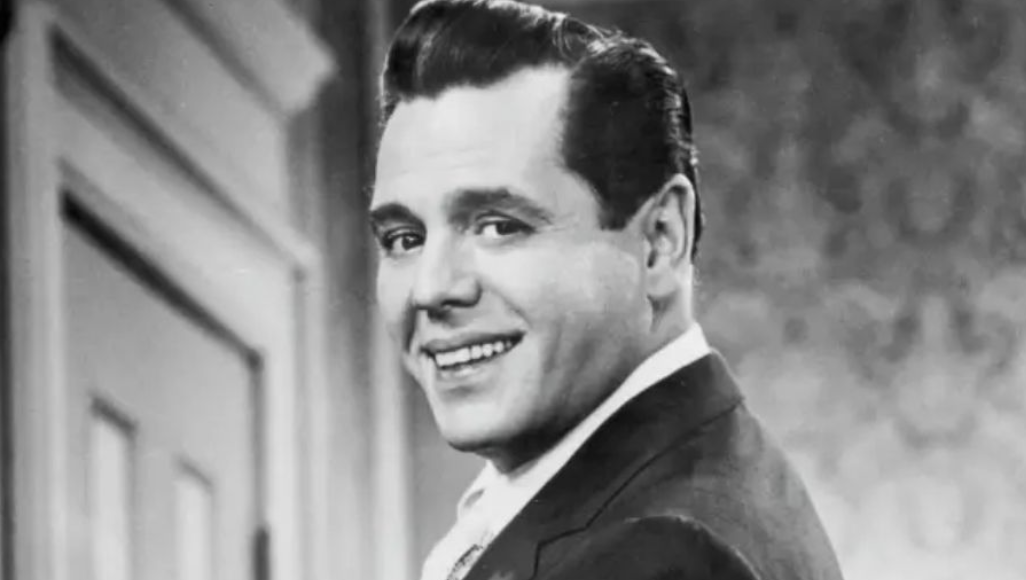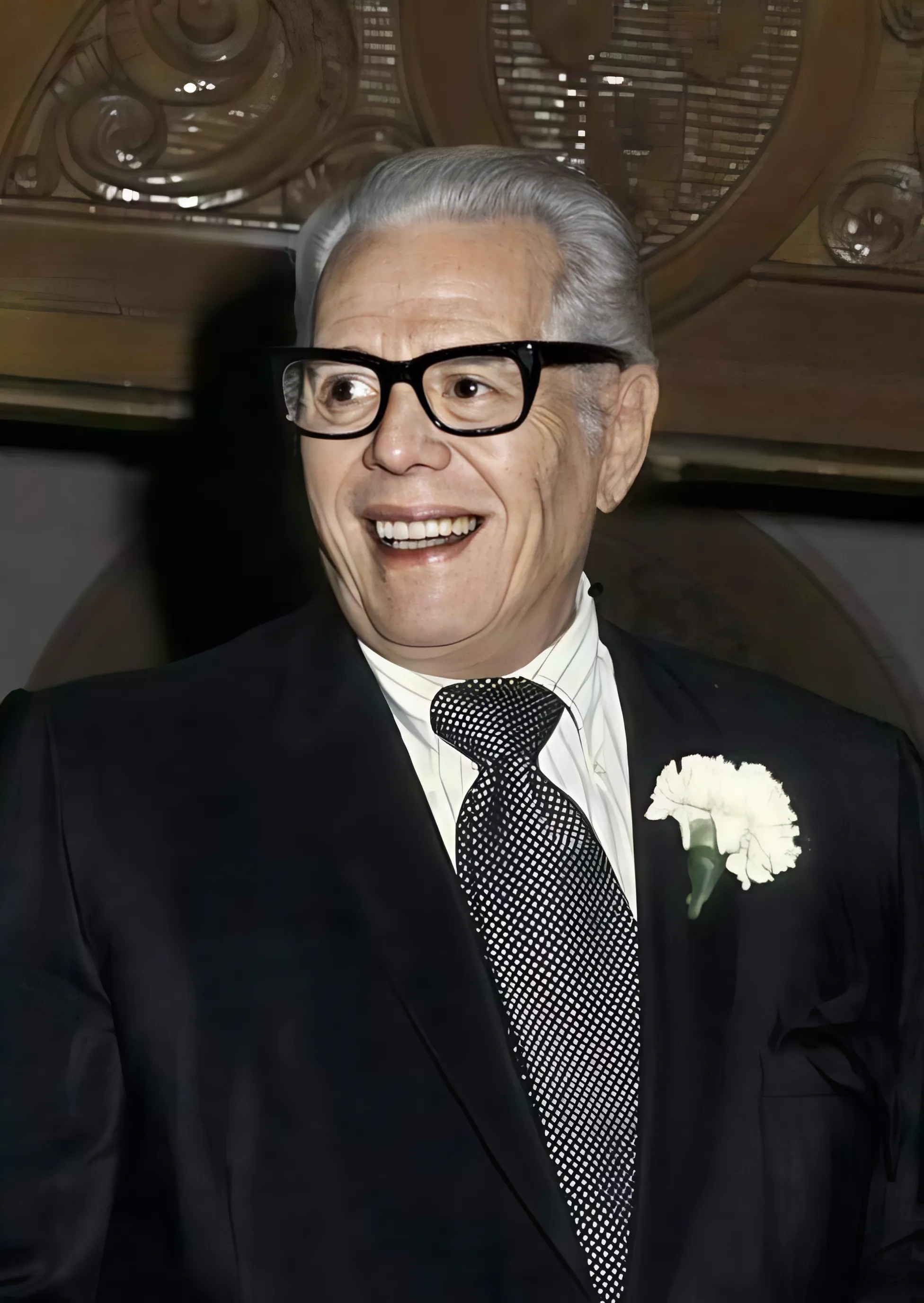
Before Desi Arnaz, sitcoms were a precarious live affair, vanishing into the ether once broadcast. It was this Cuban-American bandleader and actor who championed a seemingly simple technical innovation – the three-camera setup – a stroke of genius that laid the groundwork for the “modern television” we know today. Forget the tabloid headlines; this is the story of Desi Arnaz’s technical and business acumen, the mind that revolutionized not just how shows were made, but how they were distributed (hint: he basically invented the rerun!).
From Bandleader to Technical Trailblazer
Desi Arnaz wasn’t just a charismatic entertainer; he possessed a remarkable technical mind. Frustrated by the limitations of live broadcasting, particularly for a complex show like I Love Lucy that he starred in with his wife, Lucille Ball, Arnaz conceived a bold idea. He proposed filming the show using three cameras simultaneously, each capturing the action from a different angle.
It might sound straightforward today, but at the time, this was a groundbreaking technical leap. Instead of painstakingly re-staging scenes multiple times to capture various shots, as was common in film production, the three-camera system allowed for continuous recording of the actors’ performances in front of a live studio audience. This not only saved significant time and production costs but also infused sitcoms with a newfound sense of immediacy and vibrant energy.
A Business Brain Ahead of Its Time: The “Rerun” Revolution
Arnaz’s ingenuity wasn’t confined to camera technology. He was also the first to recognize the immense economic potential of preserving and re-airing previously broadcast episodes. In the early days of television, reruns were practically unheard of. Shows were broadcast once, and viewers in different time zones often had to settle for poor-quality kinescope recordings.
Arnaz insisted that I Love Lucy be filmed on 35mm film, a format that offered superior image quality and could be stored and replayed countless times without degradation. To convince CBS, Arnaz and Ball even took a pay cut in exchange for ownership of these film negatives.
This proved to be a stroke of business genius, birthing the concept of the “rerun” that we take for granted today. By owning the rights, Desilu Productions, their company, could then sell the I Love Lucy episodes to local and international stations long after their initial broadcast run. This model unlocked a lucrative market, generating enormous revenue and laying the foundation for the multi-billion dollar television syndication industry we know today.

The Enduring Legacy of a Quiet Revolutionary
Desi Arnaz may not have been a formally trained engineer, but his technical intuition and business foresight forever altered the landscape of television production and consumption. The three-camera setup he pioneered became the gold standard for sitcom production for decades. And the concept of the rerun not only extended the lifespan of television shows but also created a sustainable business model for the entire industry.
So, the next time you settle in to watch a beloved sitcom, remember the Cuban immigrant with the band and the vision. Desi Arnaz was more than just Ricky Ricardo; he was a quiet revolutionary, a technical and business innovator whose simple camera trick and forward-thinking distribution model shaped the “modern television” we still enjoy today.
